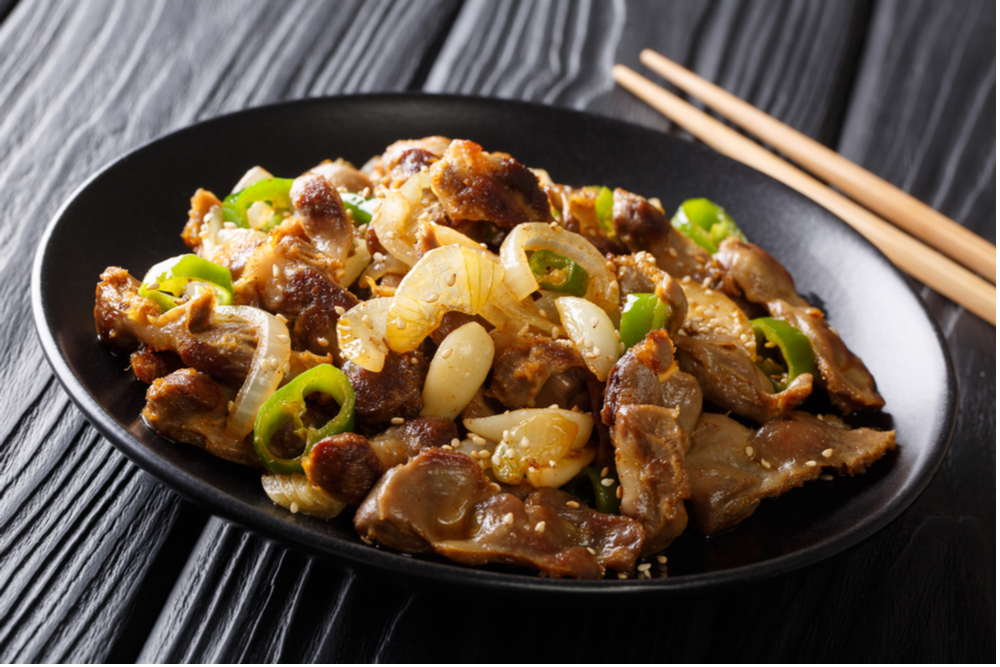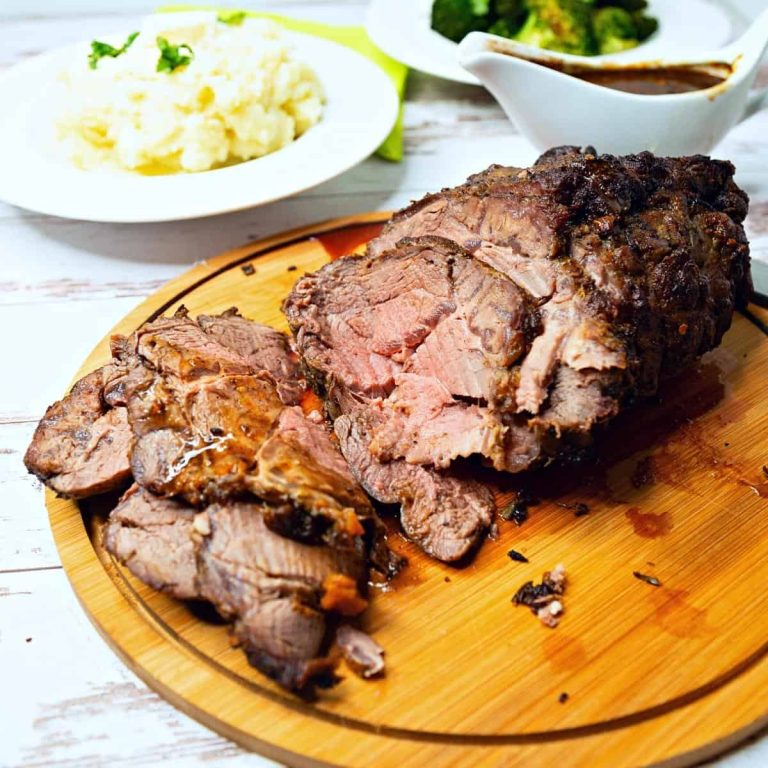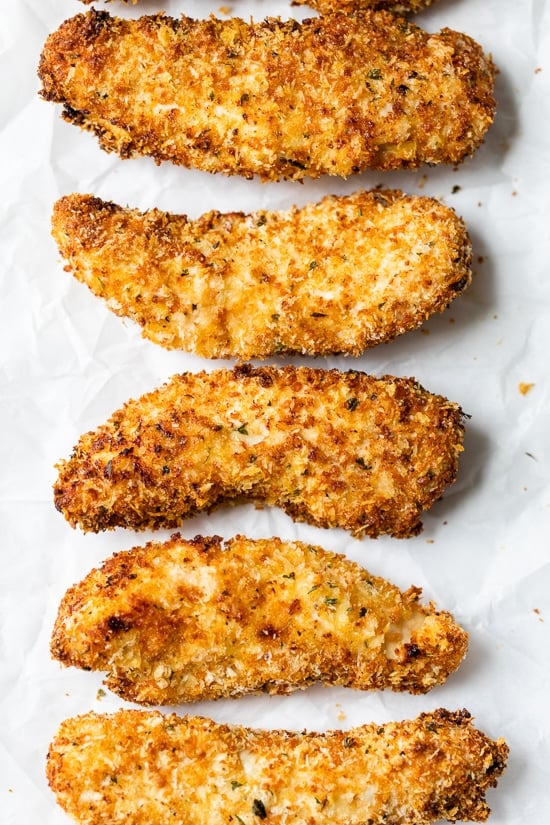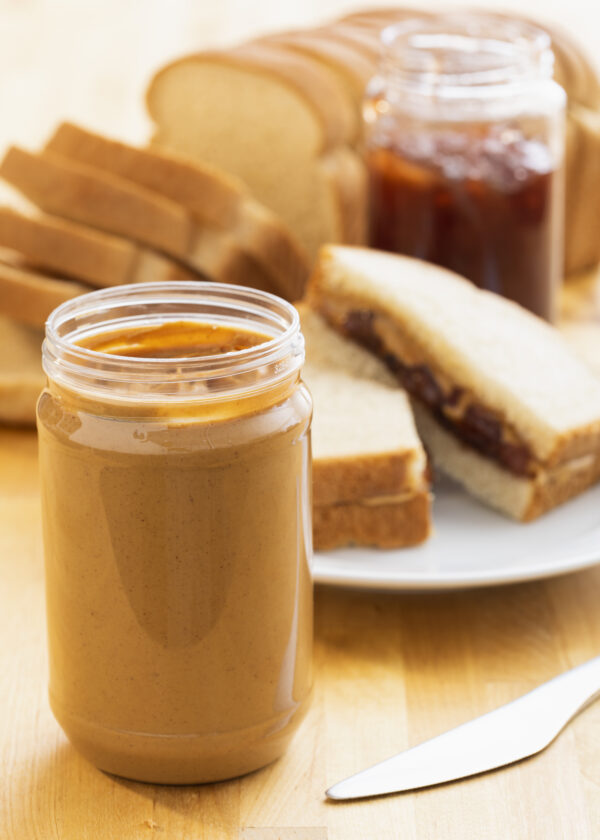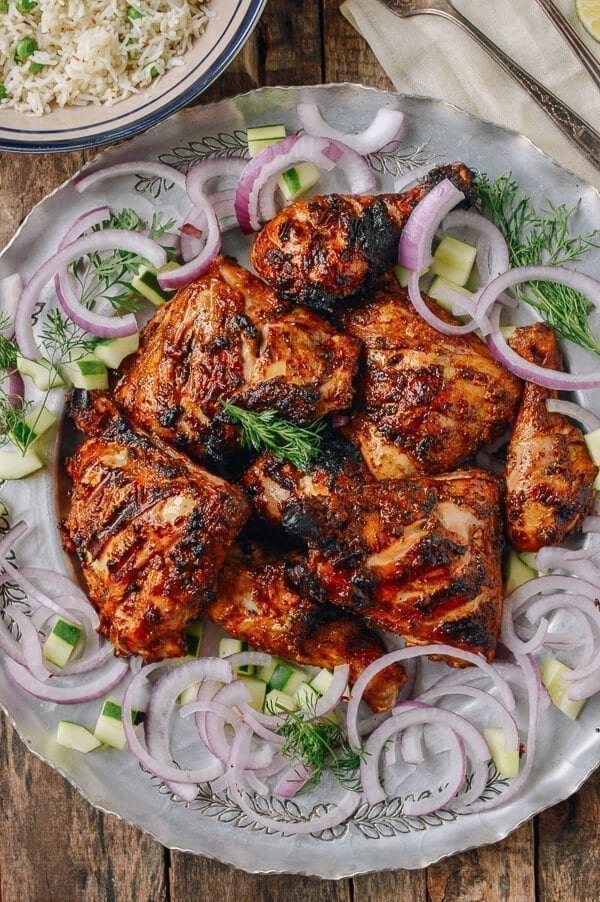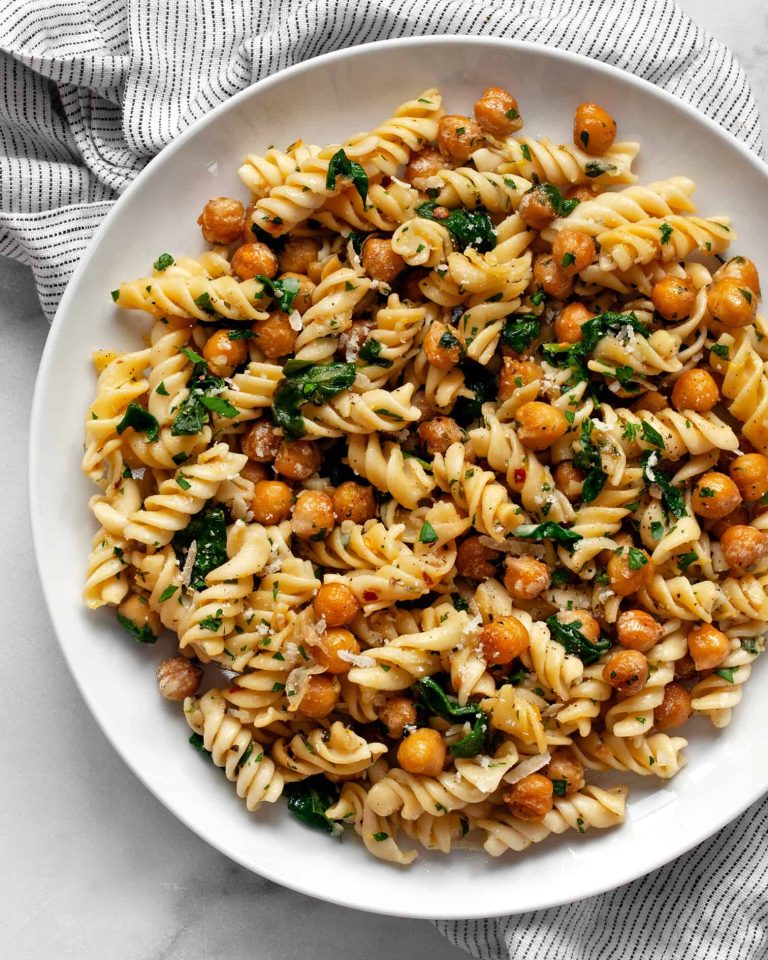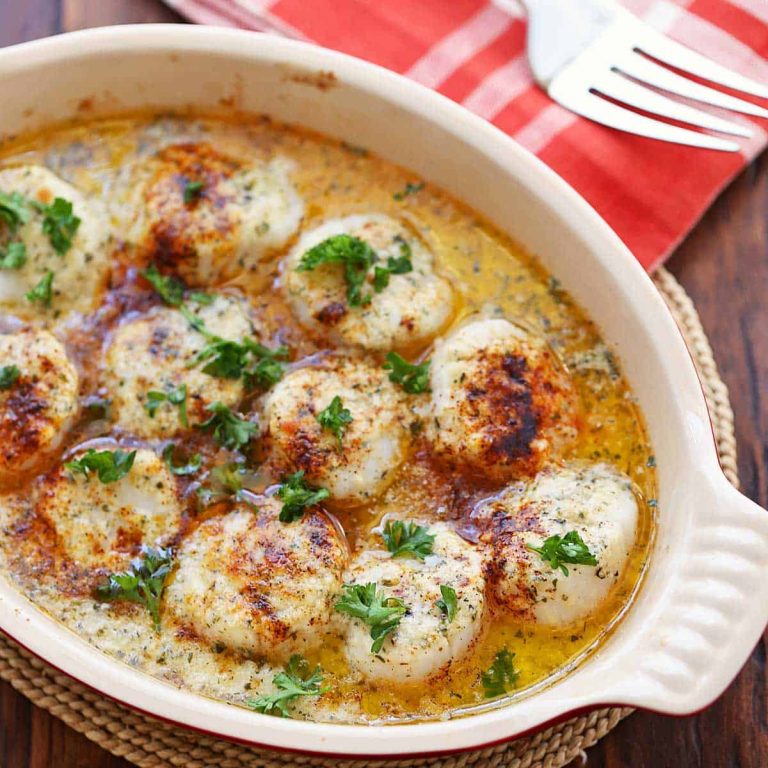Chicken Gizzards: Nutrition, Cooking Tips, and Health Benefits
Chicken gizzards are a muscular part of the digestive system found in birds. Situated in the lower stomach, they play a crucial role in grinding and breaking down food. Unlike the rest of the stomach, gizzards contain thick, muscular walls that aid in this process. These walls contract and grind food against ingested grit and small stones, functioning similarly to teeth in mammals.
Nutritional Value
Chicken gizzards provide exceptional nutritional benefits. They are rich in protein and contain essential vitamins and minerals such as vitamin B12, iron, phosphorus, and zinc. Per 100 grams, gizzards offer about 90 calories, 18 grams of protein, and only 2 grams of fat. This makes them an excellent low-fat protein source with significant nutritional gains.
How to Cook Chicken Gizzards
Cleaning and Preparation
Before cooking chicken gizzards, thorough cleaning and preparation are essential. First, rinse the gizzards under cold water to remove any surface debris. Next, trim off excess fat and connective tissues using a sharp knife. Cut open larger gizzards to remove any remaining grit or stones. For optimal tenderness, you can soak the cleaned gizzards in a mixture of water and vinegar (1 cup each) for 30 minutes. This also helps to reduce any gamey odor.
Cooking Methods
Cooking chicken gizzards effectively requires methods that tenderize their tough texture. Below are a few popular techniques:
- Boiling: Place the cleaned gizzards in a pot of salted water. Bring to a boil, then simmer for 1.5 to 2 hours until tender. Drain and use in recipes like soups or stews.
- Frying: After boiling, coat the gizzards in seasoned flour. Heat oil in a skillet and fry until golden brown and crispy. This method is common in southern cuisine.
- Pressure Cooking: Add the gizzards to a pressure cooker with water or broth. Cook on high pressure for 25 to 30 minutes. Quick-release the pressure and check for tenderness. A pressure cooker reduces cooking time significantly.
- Braising: Sauté onions, garlic, and spices in a pan, then add the gizzards and cover with broth. Simmer on low heat for 1.5 to 2 hours, ensuring they cook slowly to absorb flavors. This method works well for savory dishes.
Each method enhances the texture and flavor of chicken gizzards, making them an enjoyable addition to various recipes.
Popular Chicken Gizzard Recipes
Fried Chicken Gizzards
Fried chicken gizzards provide a crispy, savory delight. Start by cleaning the gizzards thoroughly, removing any skin and excess fat. Boil them for 30 minutes to tenderize. Coat the gizzards in a mixture of flour, seasoned salt, and pepper. Heat oil to 350°F (175°C) in a deep fryer or a skillet. Fry the gizzards in batches for 5-7 minutes until golden brown. Serve with dipping sauces like honey mustard or ranch for added flavor.
Chicken Gizzard Stew
Chicken gizzard stew offers a comforting, hearty meal. Begin by cleaning and chopping the gizzards into bite-sized pieces. Sauté chopped onions, garlic, and bell peppers in a pot until softened. Add the gizzards and cook until browned. Pour in chicken broth, diced tomatoes, and your choice of vegetables like carrots and potatoes. Season with thyme, bay leaves, and salt. Simmer for 1-2 hours until the gizzards are tender. Serve hot with crusty bread.
Health Benefits of Chicken Gizzards
Rich in Proteins and Minerals
Chicken gizzards offer an excellent source of proteins and minerals. Each 100-gram serving provides around 18 grams of protein, meeting nearly 40% of your daily protein requirement (based on a 2,000-calorie diet). Proteins are vital for muscle repair and growth. They also support immune function.
Iron, present in chicken gizzards, aids in hemoglobin production. Consuming 100 grams of gizzards gives you 2.5 milligrams of iron, covering about 14% of the daily recommended intake for men and around 7% for women. Iron supports oxygen transport in your body and helps reduce fatigue. Moreover, chicken gizzards contain zinc, another essential mineral. Zinc boosts your immune system and supports wound healing.
Low in Fat
While being high in protein, chicken gizzards are relatively low in fat. A 100-gram serving contains approximately 2.7 grams of fat. This makes it a lean meat option suitable for those monitoring their fat intake. Low-fat foods are beneficial for heart health. They reduce the risk of cardiovascular diseases.
Eating chicken gizzards also contributes to cholesterol management. They contain only 240 milligrams of cholesterol per 100 grams, fitting within the daily recommended limits for most individuals. Including gizzards in your diet provides a low-fat, high-protein option that balances nutrient intake efficiently.
Potential Health Concerns
Cholesterol Content
Chicken gizzards, like other organ meats, contain high cholesterol levels. Consuming excessive amounts of cholesterol can increase the risk of heart disease, especially if combined with other factors like high saturated fat intake. To maintain a balanced diet, limit your intake of chicken gizzards to occasional meals and monitor your overall dietary cholesterol. According to the American Heart Association, the daily cholesterol intake should not exceed 300 mg for adults.
Cooking Related Health Risks
Cooking chicken gizzards improperly can pose health risks. Undercooked gizzards may carry harmful bacteria like Salmonella or Campylobacter, leading to food poisoning. Ensure the internal temperature reaches at least 165°F (74°C) when cooking gizzards to kill any potential pathogens.
Additionally, frying gizzards can introduce unhealthy fats into your diet, as it involves cooking in oil at high temperatures. Opt for healthier cooking methods, such as boiling, simmering, or grilling, to reduce added fats. Reducing oil usage while cooking will also help manage caloric intake and minimize the risk of unhealthy weight gain.
Conclusion
Chicken gizzards can be a nutritious addition to your diet when prepared correctly. They’re packed with protein, iron, and essential vitamins, making them a valuable component for those looking to boost their nutrient intake. While their tough texture may be challenging, various cooking methods can transform them into delicious dishes.
However, it’s crucial to be mindful of their cholesterol content and ensure they’re cooked thoroughly to avoid health risks. By opting for healthier cooking techniques like boiling or grilling, you can enjoy chicken gizzards without compromising your health. Remember to balance your intake and savor these nutrient-rich morsels as part of a varied diet.
